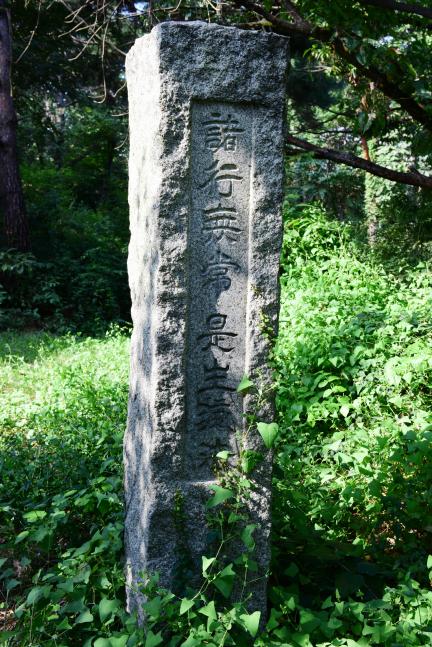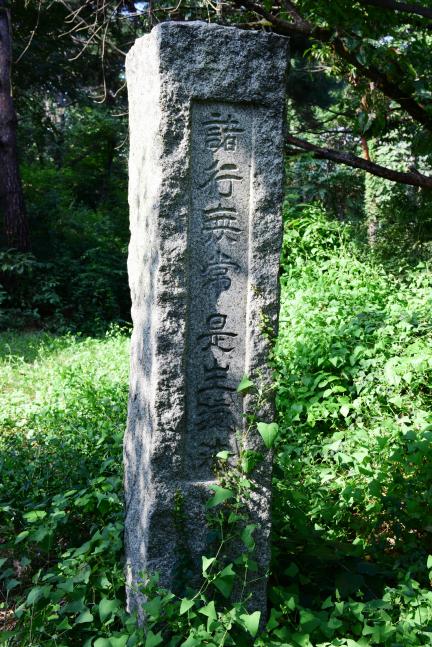국가유산 종목별 검색
경기도 기념물
수원여기산선사유적지 (水原麗妓山先史遺蹟址)Yeogisan Mountain Archaeological Site in Suwon
| 분 류 | 유적건조물 / 유물산포지유적산포지 / 육상유물산포지 / 선사유물 |
|---|---|
| 수량/면적 | 일원 |
| 지정(등록)일 | 2005.10.17 |
| 소 재 지 | 수원시 권선구 서둔동 256-1 외 |
| 소유자(소유단체) | 국가 |
| 관리자(관리단체) | 수원시 |


경기도 기념물
수원여기산선사유적지 (水原麗妓山先史遺蹟址)Yeogisan Mountain Archaeological Site in Suwon
| 분 류 | 유적건조물 / 유물산포지유적산포지 / 육상유물산포지 / 선사유물 |
|---|---|
| 수량/면적 | 일원 |
| 지정(등록)일 | 2005.10.17 |
| 소 재 지 | 수원시 권선구 서둔동 256-1 외 |
| 소유자(소유단체) | 국가 |
| 관리자(관리단체) | 수원시 |

ⓒ 2000. CULTURAL HERITAGE ADMINISTRATION. ALL RIGHTS RESERVED.



 문화유산
문화유산


